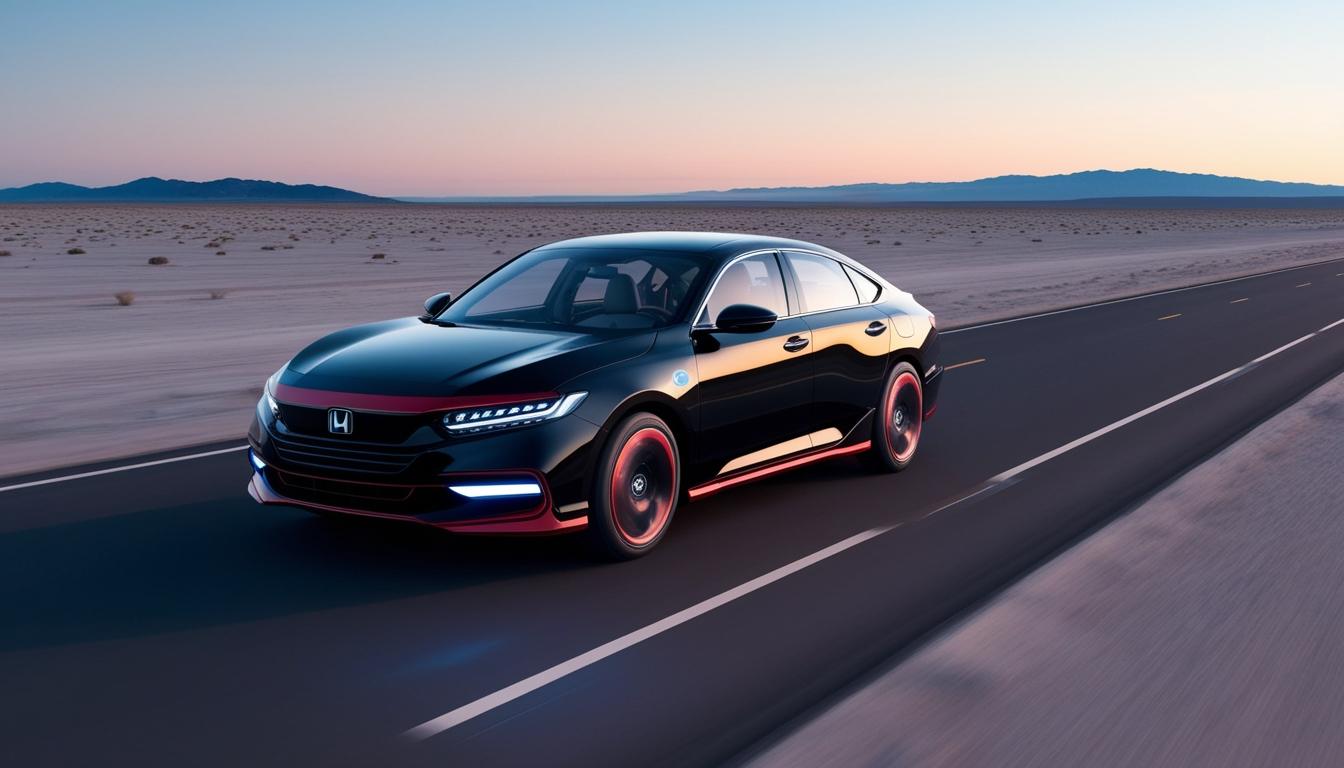During the recent CES event held in Las Vegas, Honda unveiled its latest "near production" prototypes, the Honda 0 Saloon and Honda 0 SUV, heralding a new chapter in the company’s vision for electric vehicles (EVs) and automation. The unveiling was marked by a presentation showcasing Honda's futuristic ambitions in automotive technology, which the company claims will foster a more personal connection between drivers and their vehicles.
The event featured an emotionally charged video, featuring a woman journeying along a desolate road, expressing her thoughts and emotions around her vehicle, dubbed the Saloon. The video's voiceover described the car as a partner that "opens me up to new experiences and expands my world." This aligns with the outlook presented by Katsushi Inoue, chief officer of electrification business development at Honda, who referred to this vision as "ultra personal optimization" for a "new level of intelligent car."
In the display of the new prototypes, Honda emphasised its technological advancements, particularly the introduction of a new operating system named ASIMO, which also shares its name with Honda's famed robotic innovation. This OS aims to facilitate Level 3 automated driving, which Honda describes as "eyes-off" operation, allowing vehicles to handle certain driving tasks without constant oversight from the driver. Inoue elaborated that the lessons learned from the ASIMO project over its 20-year history would help inform the development of the Zero product line.
While the Honda 0 prototypes maintain elements of their predecessors revealed at CES last year, modifications in design suggest an evolution in the brand’s approach. The SUV now features a more conventional shape, diverging from the boxy design of its earlier iteration. The 0 SUV is anticipated to launch in North America in early 2026, with the Saloon model expected to follow closely behind. Additional distribution plans include markets in Japan and Europe.
The overarching philosophy driving these developments is referred to as “Thin, Light, and Wise,” which aims to enhance performance by minimising battery pack sizes while delivering on efficiency and design innovation. Although Honda did not unveil specific technical details regarding battery systems at the event, the focus remains on the "Wise" aspect of the philosophy, particularly shooting for robust advancements in AI technology, which will be instrumental in creating predictive driving assistance systems.
Experts suggest that Honda is marking a significant shift in its strategy for electric vehicles, signalling a return to bold designs and innovative features after years of producing more conventional models. With plans to release a total of seven models under the Honda 0 range by 2030, the automotive manufacturer is positioning itself at the forefront of an evolving automotive landscape.
Overall, Honda's ambitions for its upcoming EV models reflect broader trends in the automotive industry, where automation and personalisation increasingly inform vehicle design and functionality. The CES presentation showcased the company's commitment to advancing automotive technologies that promise to redefine the interaction between humans and machines on the road.
Source: Noah Wire Services
